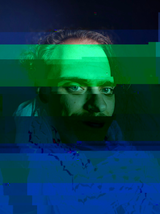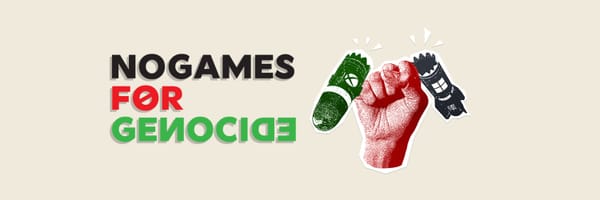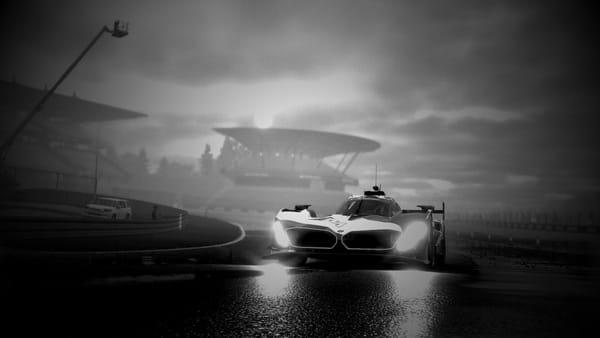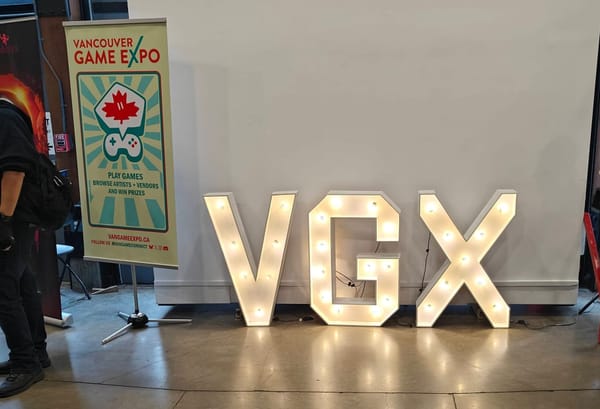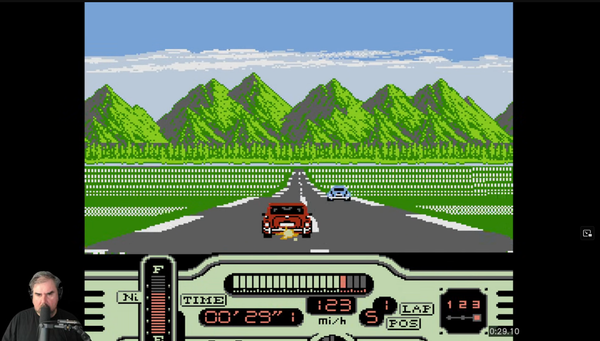Taking The Wrong Way in Need For Speed Undergound
There is an immediate satisfaction the times they choose 9th & Frey or 7th & Sparling when you played Need For Speed Underground for the Gameboy Advance as a kid that stands the test of time for those who now Speedrun the campaign to completion.
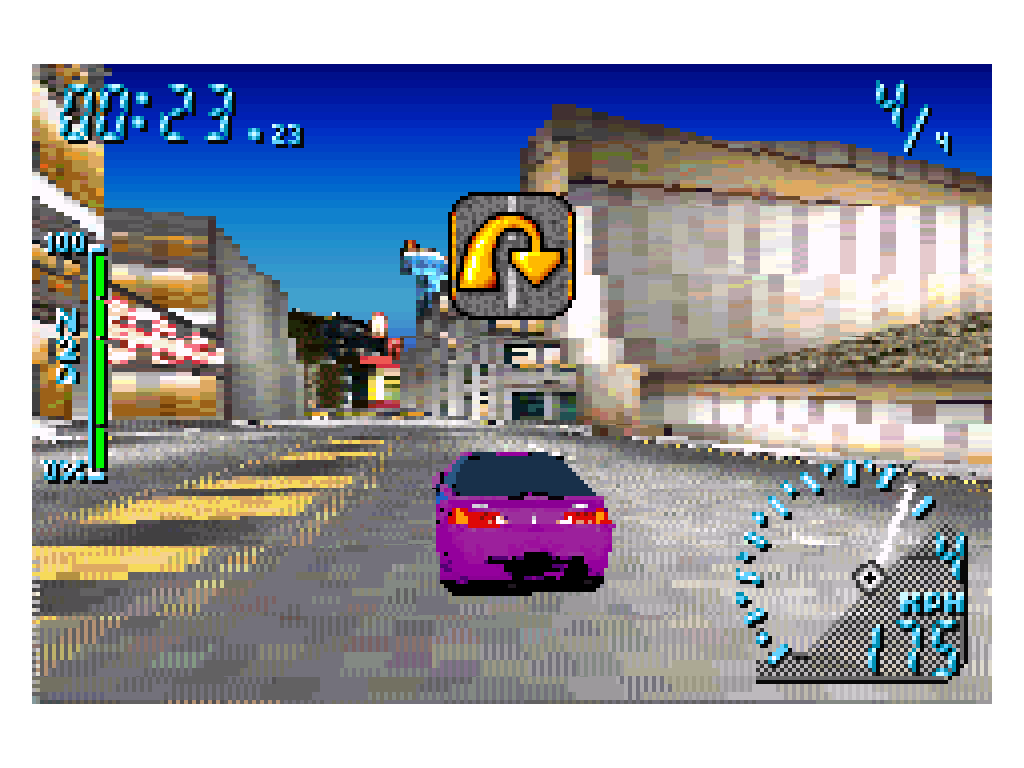
It doesn't take much to unlock memories or facts from games you played in days of yore. It could be a passing discussion where it could be tangentially related, a song that might have been on a soundtrack, or seeing a post out of the blue going across your feed. In this instance it was seeing a skeet talking about music that was on a soundtrack for a video game, one directly resulted in the other. The skeet was posted by crazy ass moments in nu metal history with the game in question being Need For Speed Underground for the Game Boy Advance.
The memory that was unlocked was the fact that you could cheat significantly on the sprint (point to point) events in a very simple way that a majority of people who played this bite-sized version of one of the greatest titles in the Need for Speed franchise would have missed. How many people do you think back in 2003 looked behind them at the start, didn't see any barrier back there and went for a drive just to see what was going to happen? Nine year old me had that thought and acted upon it, and discovered a hallmark of the game's Any% Speedrun.
The Game Boy Advance version of Need For Speed Underground was the first version of the game I owned when I was young. At the time, I had a GBA before my family got a Nintendo Gamecube, with the Gamecube coming the Christmas after I got Underground. Console wise, the GBA came first because the prior decision was made to buy me Pokemon Crystal, but without a Gameboy Color to play it. By that time the Gameboy Advance was available, so it made sense to go straight from the original Gameboy to the Advance. Underground would be what followed after Pokemon Ruby was purchased for me, and before getting a Gamecube and the console version of NFSU I would be splitting time between the two games regularly.
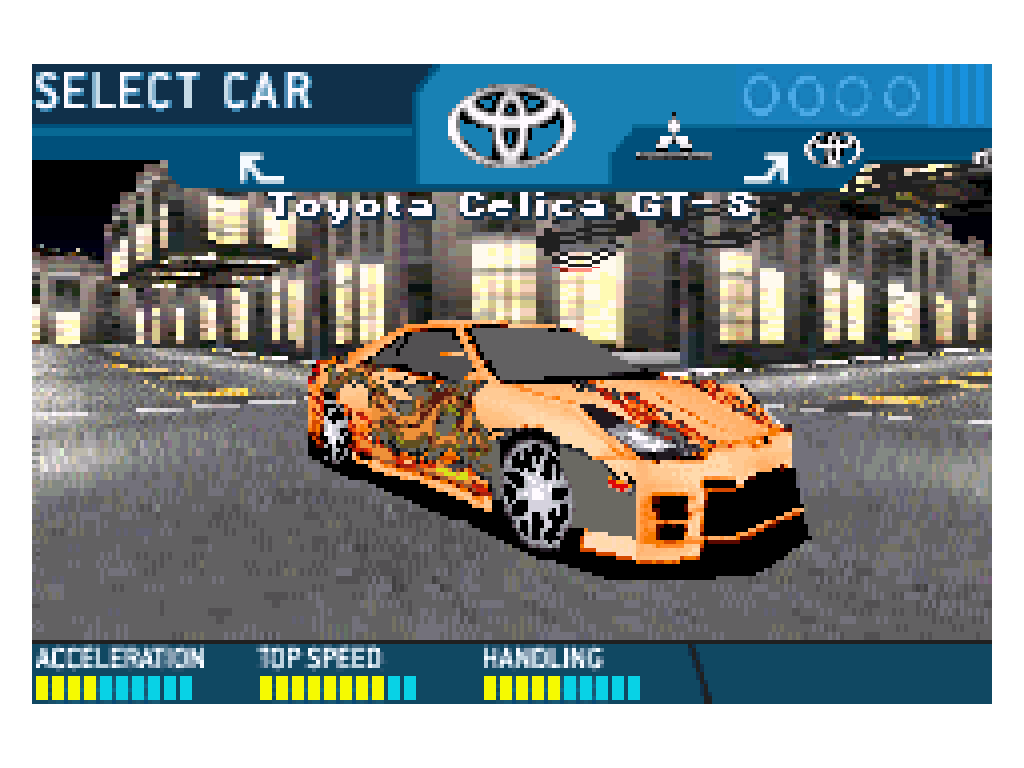
The bite-sized version was outsourced to a new UK-based developer Pocketeers. The team would be responsible for the portable versions of Need For Speed games throughout the lifespan of the Gameboy Advance, with the 3D graphics engine and technology they pioneered also used by Destination Software on the racing games they published on the 32-bit handheld. In this context, 3D does mean fully 3D graphics; all of it's graphical assets in the races are full models with a texture map. Each of the fourteen different cars the player gets to use has a unique model and features a visual customization system that does a good job replicating was possible on the home console variant. There are limitations with the hardware, with all the visual customization changes being changes to the model's textures rather than actual different modeled pieces and limited vinyl graphic options available, but you can customize a Toyota Celica GT-S in the portable version and not have many issues translating how it looks to the home console version.
The work that was done by Pocketeers to make all the different tracks and environments to fit the four styles of racing that are in (Circuit, Sprint, Drifting and Drag Racing) in a fully 3D space is remarkable for the era. The drag racing and drift events have their own unique tracks to better fit their style of racing, with the circuit and sprint races following in the footsteps of the home console version having large a city environment that then get divided with walls and barriers to make the tracks. The circuit tracks feature both forward and reverse directional layouts, and the sprint tracks share some corners and layout elements before diverging paths to go to different parts of the environment.
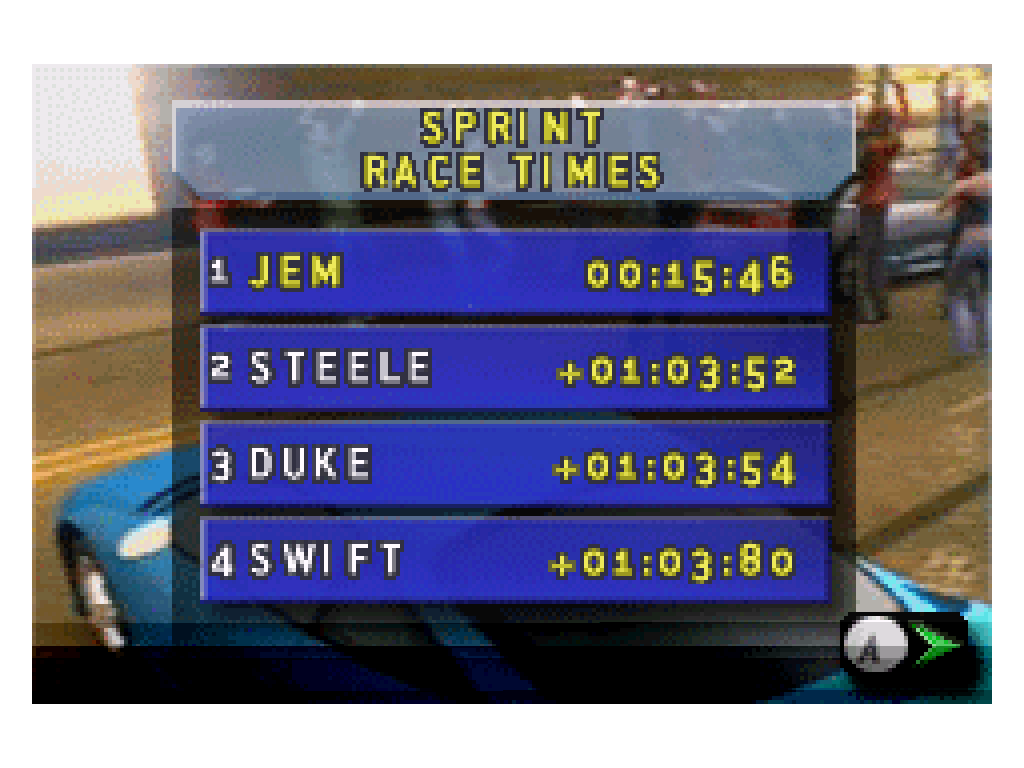
What is normal for racing games that feature sprint or point to point races is some sort of means of preventing the player from going the wrong way on the start. Generally there is a barrier, visible or otherwise, the player will run up against as the game's way of saying "nice try, but play it the way We want you to please." But this sort of barrier only exists on two of the six sprint layouts in the game, with an invisible barrier blocking the way directly behind the start line at the Broadway and 1st Avenue Truck Stop layouts. The other four layouts do not have invisible barriers behind at the start, and allow the player to roam freely in the city fully independent of the race that's going on. The game also doesn't have additional checkpoint flags set to make sure the player is going through the track as intended in these sprint layouts. The circuit layouts don't have a means to go out of bounds, preventing the possibility of an equivalent to Mario Kart Wii's Ultra Shortcuts taking place with the lack of checkpoint flags.
With only two of the six sprint layouts having these barriers forcing the player to race it as intended, what do the other four layouts have in store? Only two of the remaining layouts are viable for going into reverse from the start and finishing the race significantly faster than what otherwise would be possible. The 9th & Frey layout understood as a circuit layout where you don't complete a full lap; there is no alternate path or side-streets that are accessible, and after the wrong way sign stops blinking on the screen you will be at the finish in approximately fifteen to twenty seconds. The second layout where this is possible, 7th & Sparling, requires a bit of exploration and navigation to reach the finish line. Behind the start line, is a big chunk of the city with all the barriers removed but with the general cardinal direction leading you to the finish line regardless. Staying with the roads that go to the left at intersections will lead the player to a enclosed underpass section, with the last run up a hill to exit this area leading straight to the finish line. This results in the race finishing in anywhere between twenty and thirty seconds, depending on the performance of the vehicle. If you get challenged by a rival in the sprint standings of the game's Underground Mode and want a surefire win to maintain your position in the standings, these are the layouts to choose.
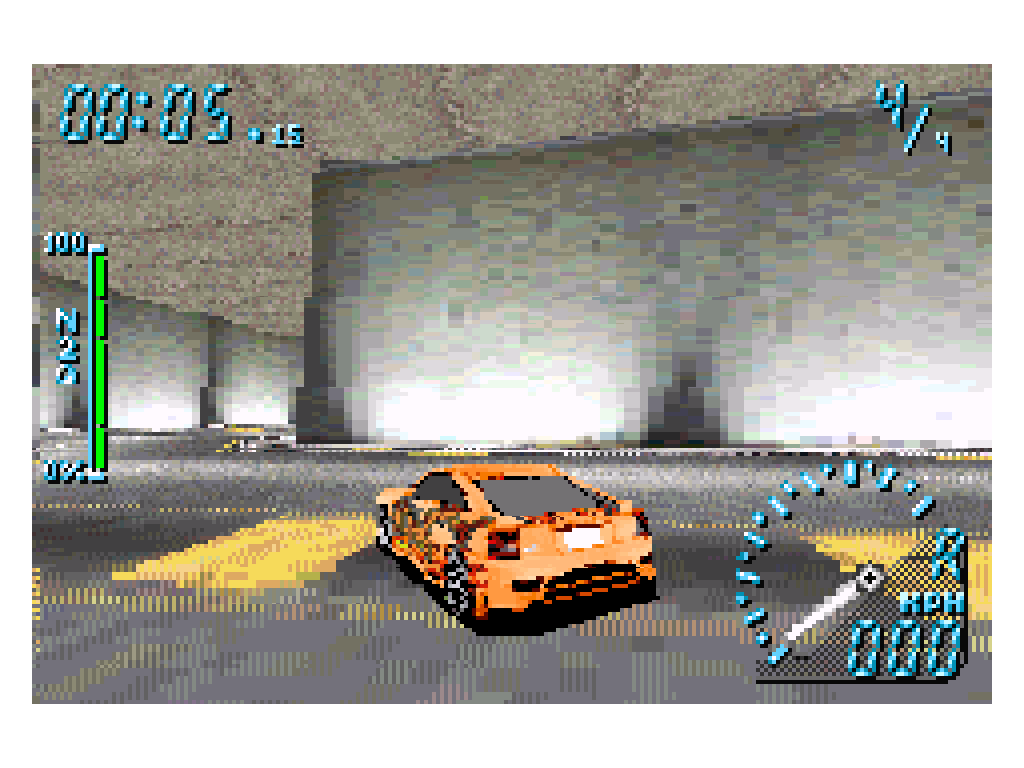
The other two sprint layouts, Liberty Gardens and Spillway, act as opposites to the previous two layouts. Liberty Gardens functions as a circuit layout without finish a whole lap, much like 9th & Frey, but with the section behind the start line taking longer to complete than the regular layout. The resulting road that gets taken takes around forty-five seconds to complete, with the intended route taking fifteen seconds less. Going the wrong way at the start of the Spillway layout reveals a much wider open world environment than was on the 7th & Sparling layout. It is much easier to get lost and explore what the full city looks like, including looking at the game's parking structures which make up one corner of the map. There is an ideal path to get to the finish line, but it is not as simple as staying to the left and follow the path it naturally takes. If you take the ideal route, you will still finish behind the rival racers but only by five to ten seconds. If you do get lost and explore the city, there is a chance you'll run into the rival racers already stopped having finished the race, with them driving through the elevated parking structure before you got there on your own journey.
You can imagine nine year old me reveled in discovering that you can cheat at two of the sprint layouts after recognizing the locations from other races. In going through the Underground Mode challenging the other racers to improve your rankings in each of the disciplines, you are at the mercy of random chance on which layout they choose, how many opponents there are, and how many laps the event is. There is an immediate satisfaction the times they choose 9th & Frey or 7th & Sparling when you played Need For Speed Underground for the Gameboy Advance as a kid that stands the test of time for those who now Speedrun the campaign to completion.
As Need For Speed drove into it's golden age on the home consoles, another world existed on portable consoles and it all started here; with city streets made of the most rudimentary polygons imaginable and invisible barriers missing from where they're suppose to be.

